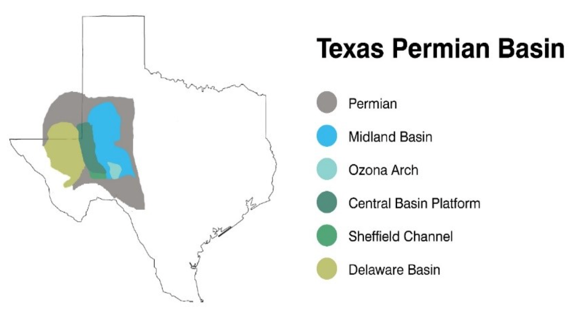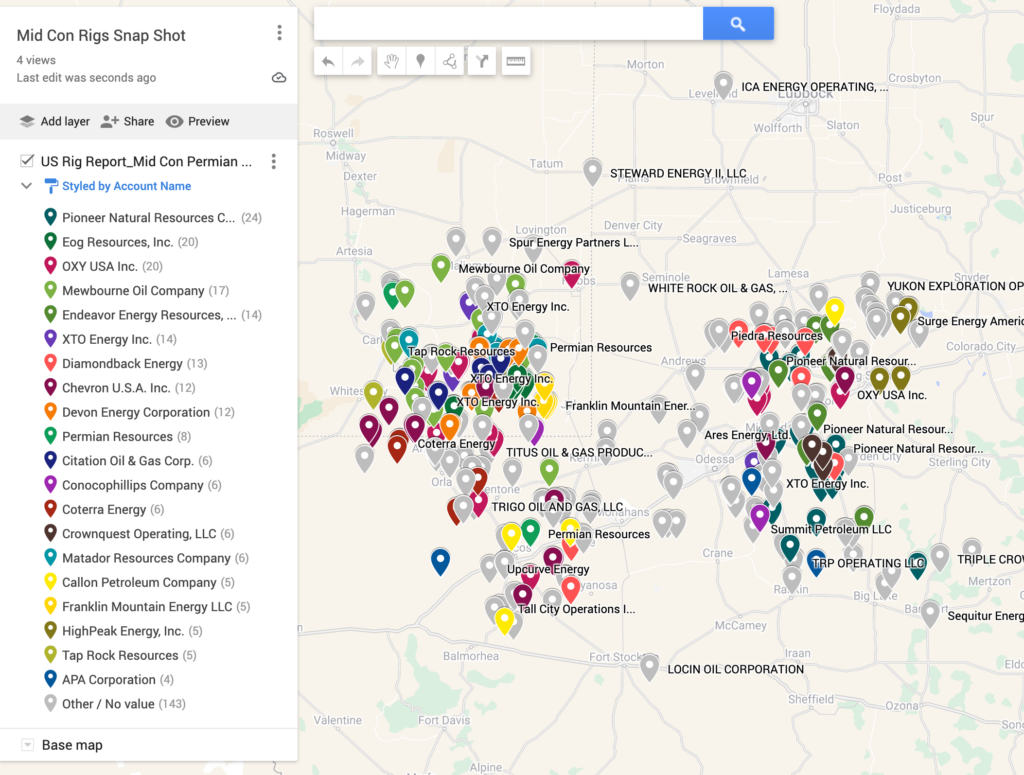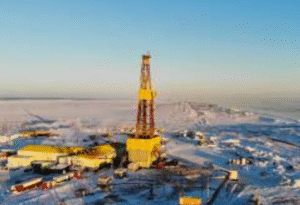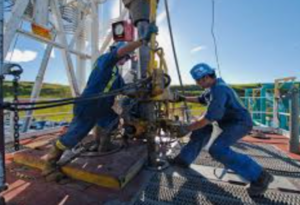When it comes to U.S. crude oil plays, no basin has been more resilient than the Permian post-2020, and by extension, no basin has played a bigger role in taming oil prices — and regional natural gas prices — in recent months. While crude production in most other oil-focused basins is flat-to-lower on average since 2020, Permian crude output has climbed 15% in that time, from about 4.5 MMb/d in 2020 to just over 5.1 MMb/d this year to date, with much of that growth occurring in the past year or so. You could say Permian crude saved the day.
The Permian Basin, which spans western Texas and eastern New Mexico, represents the most prolific hydrocarbon production region in the United States. They accounted for about 30% of U.S. crude oil production and 14% of U.S. natural gas production (measured as gross withdrawals) in 2020. Technology innovations, such as longer lateral wells and multi-well pad drilling, has helped reduce costs and increase productivity in developing oil and natural gas resources in the Permian Basin. The permian basin includes the Midland Basin and Delaware Basin.
Permit Download
Operators & Drilling Rigs in the Permian
The Midland Basin encompasses a 13,000 square mile area of West Texas. It contains all or parts of 20 counties in West Texas, ranging from Terry and Lynn on the north to Crockett and Schleicher on the south. Much of the tight oil development in the Midland Basin has occurred in the center of the basin, primarily in Martin, Midland, Upton, Howard, Glasscock, and Reagan counties at depths of 7,000 feet (ft) to 10,000 ft
Delaware Basin is a hydrocarbon rich sedimentary basin that lies within the Permian Basin. The Delaware Basin covers around 6.4 million acres in far West Texas and South Eastern New Mexico. It is located in an arid southwestern portion of the United States of America
Permian Basin Operators and Rigs Map
Energy News












